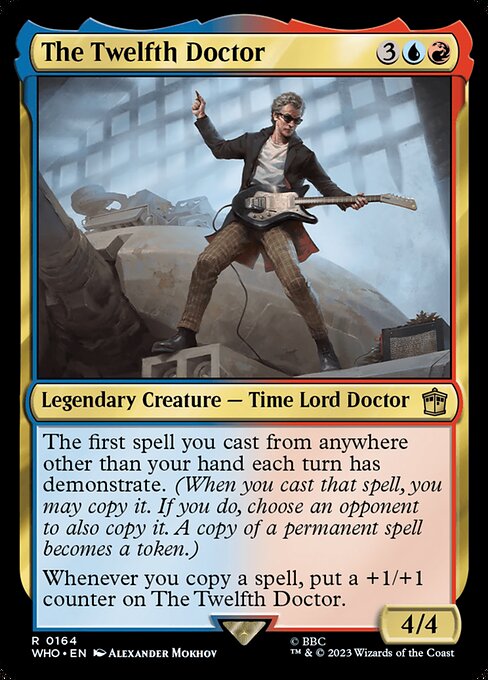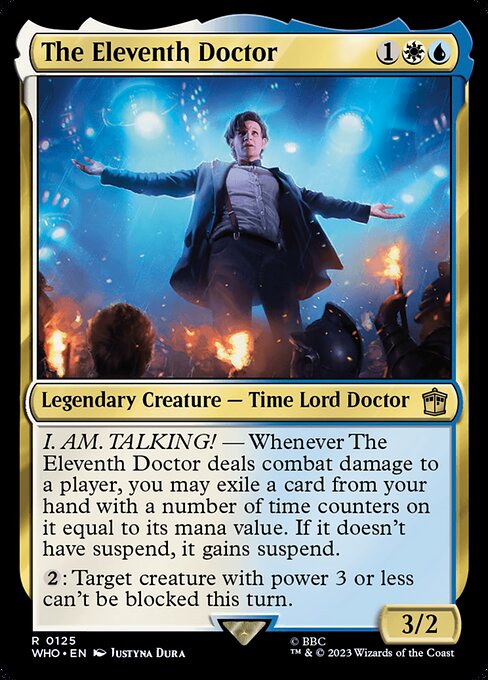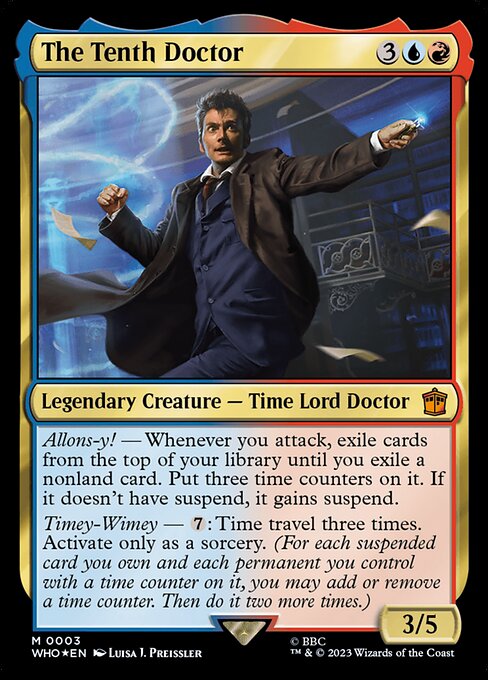Deck & Commander Strategies
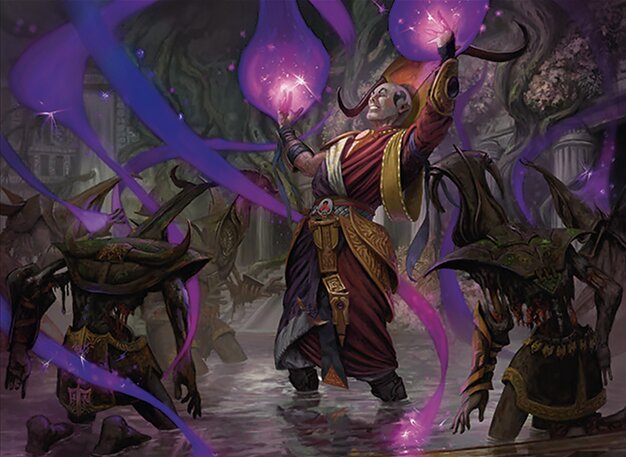
Taigam, Sidisi's Hand
A self-mill and graveyard-centric deck that skips the draw step to manipulate the top cards of the deck, placing most in the graveyard to fuel -X/-X removal and other graveyard synergies.

The Ninth Doctor
A regenerating commander deck cycling through multiple Doctor commanders upon death, gaining incremental value and increased commander tax while maintaining board presence.

Ezio Auditore da Firenze
A mono-black assassin deck focused on efficient black mana usage to deploy assassins and removal spells, disrupting opponents and controlling the board.

Kudo, King Among Bears
A modular bear tribal deck that builds creatures with modular counters to grow threats over time, emphasizing incremental board development and synergy.
Gameplay Insights
- 1
The Doctor deck's regeneration mechanic turns commander removal into an opportunity to escalate value, forcing opponents to deal with multiple forms and increasing commander tax.
- 2
The self-mill strategy of Taigam allows for potent board control by exiling cards from the graveyard to weaken opponent creatures, leveraging graveyard resources effectively.
- 3
Using only black mana to cast multicolor assassins in Ezio's deck challenges conventional mana base design, emphasizing mono-color resource efficiency for aggressive disruption.
- 4
The Build-A-Bear deck breaks typical tribal expectations by focusing on modular creatures, enabling incremental growth and adaptability rather than straightforward bear tribal synergy.
Notable Cards
-

Taigam, Sidisi's Hand
-

The Ninth Doctor
-
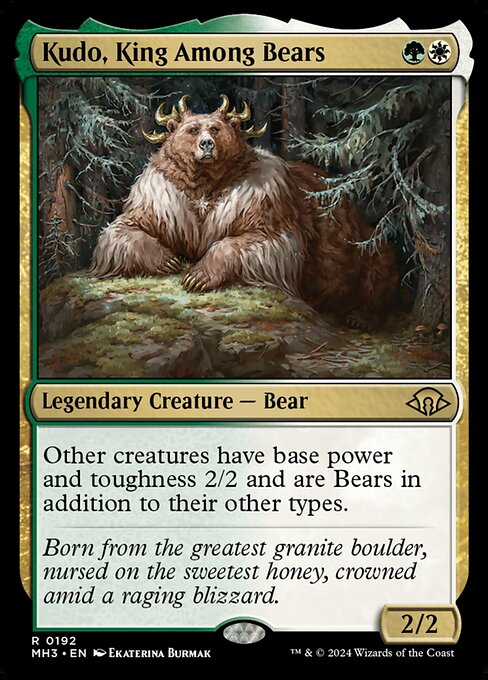
Kudo, King Among Bears
-
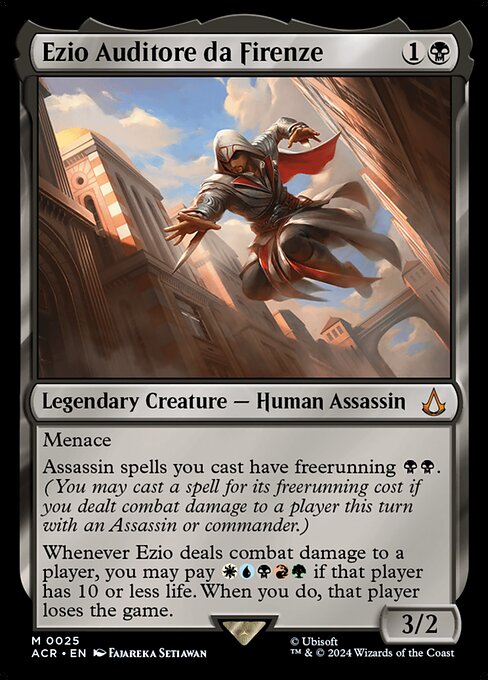
Ezio Auditore da Firenze
Gameplay Summary
The game features a unique setup where each player pilots a Commander deck designed to break the traditional mold associated with their chosen commanders.
Early gameplay sees players establishing their board states with unconventional strategies: Jacob Bertrand pilots a self-mill and graveyard-focused Taigam, Sidisi's Hand deck that emphasizes topdeck manipulation and leveraging the graveyard for value, while Joey Schultz plays a Doctor Who-themed deck cycling through multiple Doctor commanders upon each death, creating incremental advantage through regeneration and commander tax buildup.
Empress Quinn runs a mono-black assassin deck that uses black mana exclusively despite having multicolor commanders, focusing on efficient removal and disruption.
Meanwhile, the Build-A-Bear deck, led by Kudo, King Among Bears, uses modular creatures to create a unique tribal synergy that builds incrementally through modular counters. Key turning points revolve around the Doctor deck's ability to regenerate through multiple command zones, presenting sustained pressure and value despite removal attempts.
Jacob's self-mill strategy allows him to control the graveyard and apply -X/-X effects to opponents' creatures, enabling board control.
Empress’s mono-black deck uses targeted assassinations to disrupt opponents' plans.
The Bear deck's modular creatures synergize to grow threats progressively, creating a persistent board presence.
The interplay between these strategies leads to dynamic board states where players must adapt to shifting threats and value engines.
The game highlights creative deckbuilding and thematic cohesion, with each player leveraging their deck's unique mechanics to outmaneuver opponents rather than relying on traditional archetypes.





